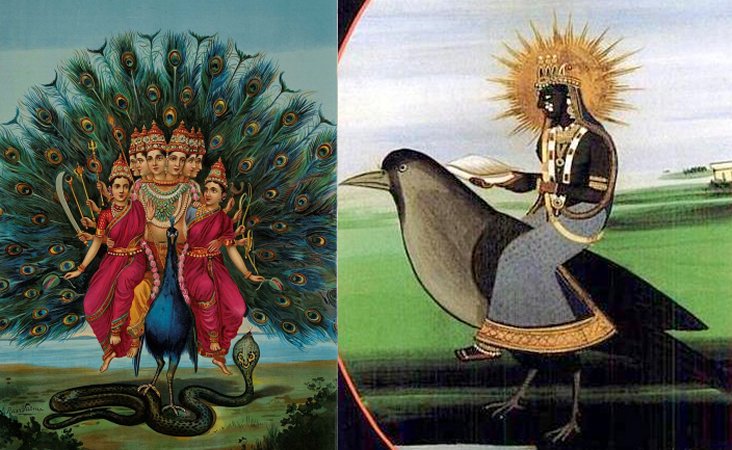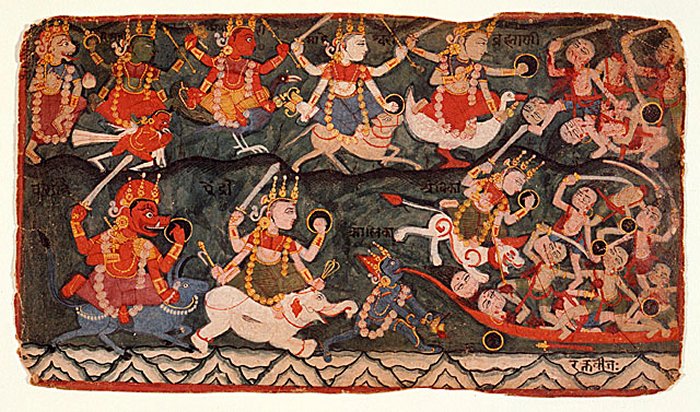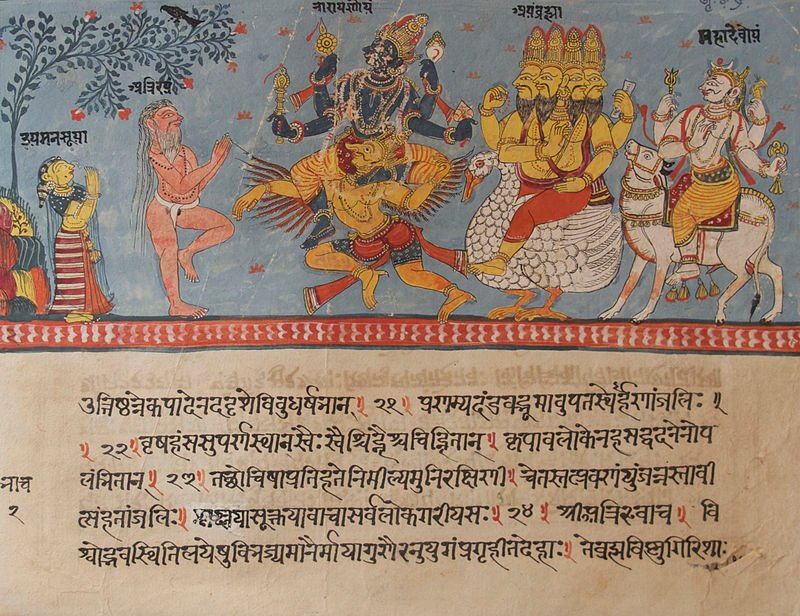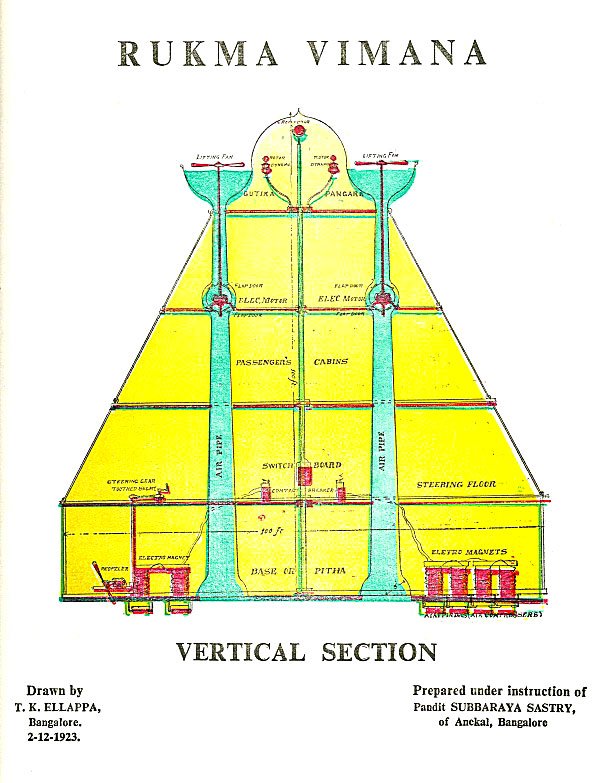Vahanas – Sacred Animal Vehicles Of Hindu Gods And Goddesses
Ellen Lloyd - AncientPages.com - The Vahanas are incredible animal vehicles of the Hindu gods and goddesses.
From Hindu mythology, we learn that each deity has an animal vehicle, a Vahana that they use to travel from one world to another. The Vahanas are similar to modern-day vehicles and suitable for travel by air, land, water, or even interstellar travel. Still, they should not be confused with the Vimanas, ancient flying machines in Vedic literature.
The Vahanas Are Divine Carriers And Must Be Respected
The literal meaning of the word ‘Vahana’ is ‘that which carries, that which pulls’, ( Sanskrit: “mount” or “vehicle”). Animal images and symbols are very common in the Rig Veda. In ancient Vedic literature, there are references to the cow, bull, horse, eagle, and many other animals. The deities have their respective animal or mount that are used to travel long or short distances and these are animals are the Vahanas.
Left: Peacock - Kartikeya (peacock named Parvani, pictured), Kaumari. Credit: Public Domain - Right: Crow - Shani (planet Saturn in vedic astrology), Alakshmi, Dhumavati (pictured). Credit: Public Domain
The Sun God, Surya, mounts on a golden chariot, pulled by seven white horses. Brahma, the God of creation, travels all over outer space on a swan. Agni, the Fire God, rides upon a ram, and so on.
The Vahanas are sacred and must be respected. Each vehicle is very different and of divine nature, because it is forever in contact with the gods and goddesses it serves.
Vahanas Are Vehicles With Deep Spiritual Significance
According to Hindu mythology deities possess the ability to be in any part of the Universe in an instant. If Gods are omniscient and omnipresent, why do they need vehicles to transport themselves from one place to another?
All Hindu deities had a Vahana. The eight Matrikas riding different Vahanas like (top row, second from left to right) Garuda, a peacock, Nandi bull, a hamsa (goose/swan); (bottom row, from left) buffalo, elephant, and lion. Image credit: Wikipedia
To answer this question, we must understand the purpose of the Vahanas. The vehicles have symbolic meaning and represent the status and strength of the deities. For example, Indra the Storm God, carries thunderbolts as his weapons and is also a bringer of rains. Indra's Vahana is a great white elephant called Airavata that is often depicted with four tusks. Indra’s Airavata gives strength to Indra’s status as a fearsome and powerful warrior. God Indra is also often depicted riding Uchchaihshravas, a seven-headed flying white horse, similar to Sleipnir, the horse of Norse God Odin.
The Vahanas participate in the wars of the gods and goddesses and they also have a role and purpose in creation. They help the deities to uphold Dharma by performing several obligatory and secondary duties. Sometimes the Vahanas engage in their own battles against each other.
A Bhagavata Purana manuscript page depicting the story of Atri and Anasuya meeting the Trimurti riding on their respective Vahanas. Image credit: Wikipedia
They are considered to be of divine nature and they are worshipped. There are many statues of various Vahanas in Hindu temples and these beings are considered to be secondary deities.
Difference Between Vahanas And Vimanas
Vahanas should not be mixed up with Vimanas that are ancient flying machines described in many ancient texts like Yajurveda, Mahabharata, Samarangana Sutradhara, Rigveda, Ramayana, and even older ones.
Drawing of a vertical section of a Vimana described on Ramayana, one of the two great epics of Hinduism. Credit: T. K. Ellapa - CC BY-SA 3.0
Both the Vahanas and Vimanas are capable of traveling in the air, water, but the concept is different. Vimanas, of various shapes and sizes and with two or more engines, were sophisticated flying machines equipped with deadly weapons, and though they were used for ordinary travel and transports, their main purpose was warfare.
They flew with the “speed of the wind” and gave forth a “melodious sound”. Some Vimanas were saucer-shaped while others were cigar-shaped. The Vimanas – often described as shining flying cars, or celestial cars – were kept in a “Vimana Griha”, a type of hanger.
Vahanas could also be used for warfare, but they were regarded as divine carriers and symbols of the Hindu gods and goddesses.
Updated on June 29, 2022
Written by - Ellen Lloyd – AncientPages.com
Copyright © AncientPages.com All rights reserved. This material may not be published, broadcast, rewritten or redistributed in whole or part without the express written permission of AncientPages.com
Expand for referencesGanga Ram Garg - Encyclopaedia of the Hindu World
Dr. Steve Esomaba - The Book Of Life Knowledge And Confidence
More From Ancient Pages
-
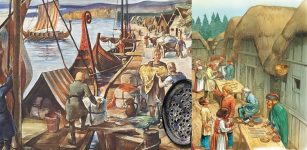 Félag – Ancient Viking Company Organized Trade Finance
Ancient History Facts | May 4, 2018
Félag – Ancient Viking Company Organized Trade Finance
Ancient History Facts | May 4, 2018 -
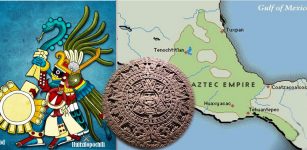 Why The Aztecs Called Themselves ‘Mexica’
Ancient History Facts | Jan 13, 2018
Why The Aztecs Called Themselves ‘Mexica’
Ancient History Facts | Jan 13, 2018 -
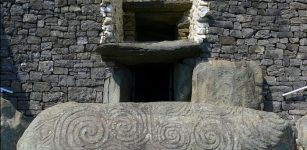 Incest In The Elite Of Neolithic Ireland – Incredible Findings
Archaeology | Jun 24, 2020
Incest In The Elite Of Neolithic Ireland – Incredible Findings
Archaeology | Jun 24, 2020 -
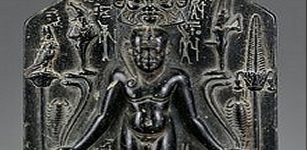 Miniature Magical Stela Of God Horus-Child Standing On Crocodiles Protected Against Wild And Poisonous Creatures
Artifacts | Aug 16, 2019
Miniature Magical Stela Of God Horus-Child Standing On Crocodiles Protected Against Wild And Poisonous Creatures
Artifacts | Aug 16, 2019 -
 DNA Breakthrough – New Human Gene Cluster Sequence Discovered
Evolution | Nov 24, 2023
DNA Breakthrough – New Human Gene Cluster Sequence Discovered
Evolution | Nov 24, 2023 -
 LIDAR Discovers 18-Kilometer (11-Mile) Maya Road In The Yucatan Jungle
Archaeology | Dec 5, 2023
LIDAR Discovers 18-Kilometer (11-Mile) Maya Road In The Yucatan Jungle
Archaeology | Dec 5, 2023 -
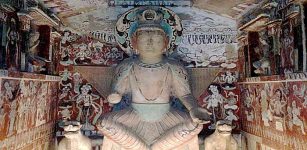 Mogao Grottoes, Dunhuang, China – Fascinating Statues, Manuscripts And Wall Paintings
Featured Stories | Dec 15, 2015
Mogao Grottoes, Dunhuang, China – Fascinating Statues, Manuscripts And Wall Paintings
Featured Stories | Dec 15, 2015 -
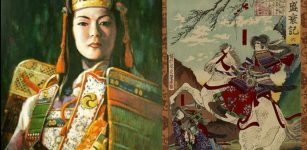 Tomoe Gozen’s Bravery And Strength, Embodiment Of A True Female Samurai
Featured Stories | Oct 16, 2018
Tomoe Gozen’s Bravery And Strength, Embodiment Of A True Female Samurai
Featured Stories | Oct 16, 2018 -
 1,200-Year-Old Rock-Cut Temple Found On Banks Of Arjuna River,Tamil Nadu, India
Archaeology | Sep 3, 2020
1,200-Year-Old Rock-Cut Temple Found On Banks Of Arjuna River,Tamil Nadu, India
Archaeology | Sep 3, 2020 -
 Pharaoh Ay – A Man With A Hidden Agenda Or A Victim Of Unfortunate Circumstances?
Featured Stories | Feb 5, 2019
Pharaoh Ay – A Man With A Hidden Agenda Or A Victim Of Unfortunate Circumstances?
Featured Stories | Feb 5, 2019 -
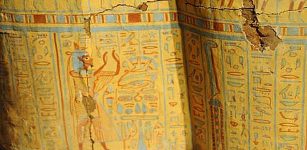 2,700-Year-Old Sarcophagus Of ‘High Priest Of God Amun’ Discovered In Luxor
Archaeology | Nov 27, 2015
2,700-Year-Old Sarcophagus Of ‘High Priest Of God Amun’ Discovered In Luxor
Archaeology | Nov 27, 2015 -
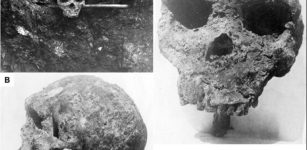 Evolution Puzzle – Broken Hill Skull And Homo Heidelbergensis Cast Doubt Over Modern Human Ancestry
DNA | May 29, 2023
Evolution Puzzle – Broken Hill Skull And Homo Heidelbergensis Cast Doubt Over Modern Human Ancestry
DNA | May 29, 2023 -
 Magnificent Viking Treasure Accidently Found In Norway – Was It Hidden Or Sacrificed?
Archaeology | Nov 3, 2022
Magnificent Viking Treasure Accidently Found In Norway – Was It Hidden Or Sacrificed?
Archaeology | Nov 3, 2022 -
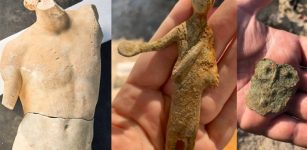 Magnificent 2 Meters Tall Marble Apollo Statue And Other Artifacts Found In San Casciano dei Bagni, Italy
Archaeology | Nov 20, 2023
Magnificent 2 Meters Tall Marble Apollo Statue And Other Artifacts Found In San Casciano dei Bagni, Italy
Archaeology | Nov 20, 2023 -
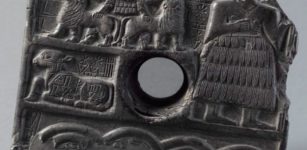 Votive Plaque Dedicated To Dudu High Priest Of God Ningirsu
Artifacts | Jan 16, 2017
Votive Plaque Dedicated To Dudu High Priest Of God Ningirsu
Artifacts | Jan 16, 2017 -
 On This Day In History: The Battle of Mortimer’s Cross – On Feb 2, 1461
News | Feb 2, 2017
On This Day In History: The Battle of Mortimer’s Cross – On Feb 2, 1461
News | Feb 2, 2017 -
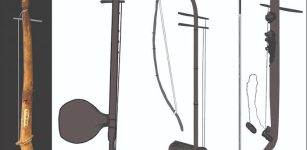 2,000-Year-Old Stringed Instrument Found In Vietnam
Archaeology | Feb 22, 2023
2,000-Year-Old Stringed Instrument Found In Vietnam
Archaeology | Feb 22, 2023 -
 Why Were Medieval People Easily Offended And Scared Of Rumors?
Ancient History Facts | Oct 14, 2019
Why Were Medieval People Easily Offended And Scared Of Rumors?
Ancient History Facts | Oct 14, 2019 -
 Records Of Pompeii’s Survivors Have Been Found – Archaeologists Are Starting To Understand How They Rebuilt Their Lives
Featured Stories | Jun 13, 2024
Records Of Pompeii’s Survivors Have Been Found – Archaeologists Are Starting To Understand How They Rebuilt Their Lives
Featured Stories | Jun 13, 2024 -
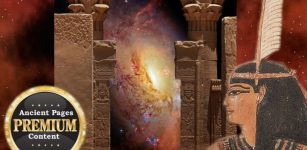 Ancient Egyptian Knowledge Of The Cosmic Engine And Unseen God Of The Universe
Ancient Mysteries | Jan 15, 2019
Ancient Egyptian Knowledge Of The Cosmic Engine And Unseen God Of The Universe
Ancient Mysteries | Jan 15, 2019

